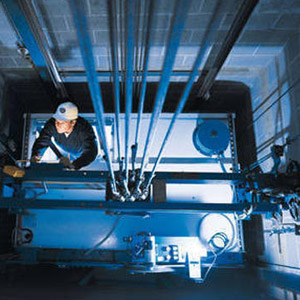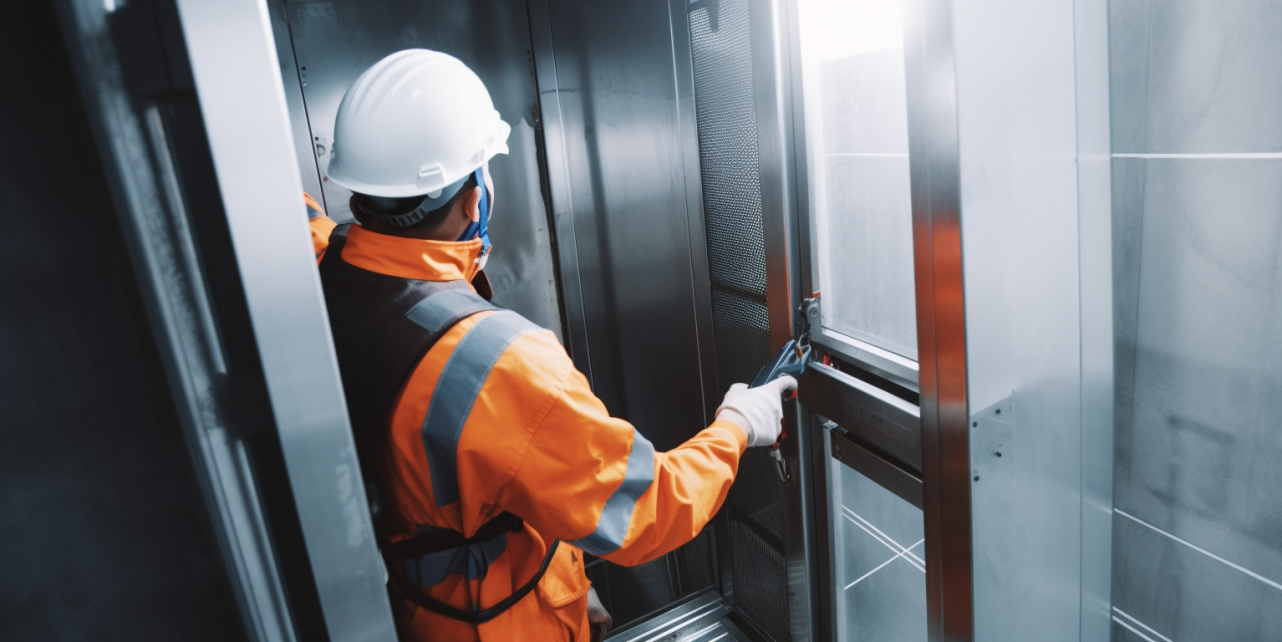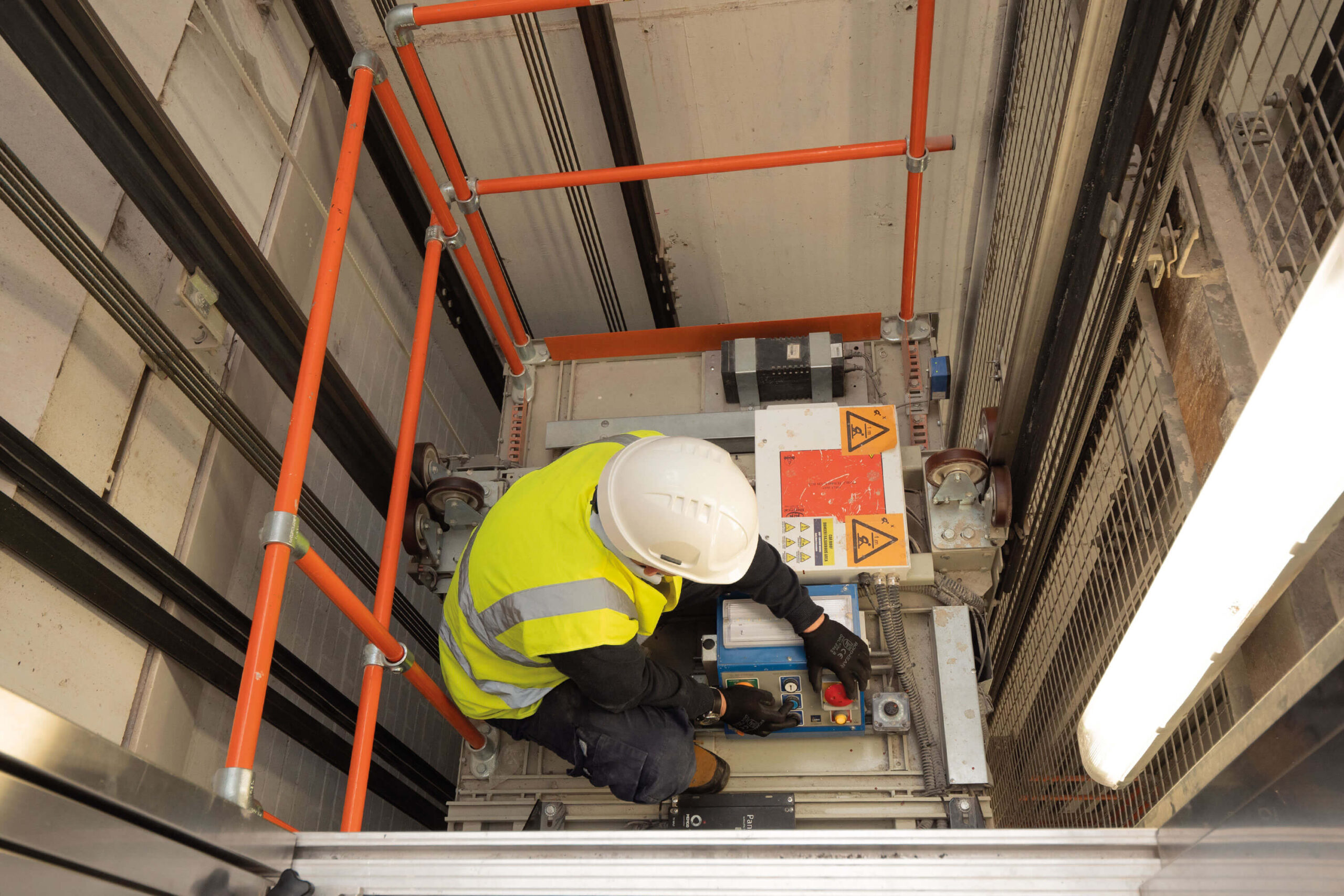Trustworthy Disabled Platform Lift-- Safe and Accessible Solutions for All Needs
Trustworthy Disabled Platform Lift-- Safe and Accessible Solutions for All Needs
Blog Article
Important Overview to Recognizing Impaired Platform Lifts and Their Performance
Understanding the intricacies of disabled system lifts goes past plain recognition; it needs a thorough understanding of their functionality and design. The rigorous security laws and upkeep considerations connected with system lifts are critical in guaranteeing their reliability and longevity - lift service companies.
Types of Disabled System Lifts
There are a number of types of impaired platform raises designed to give accessibility for people with movement difficulties. Inclined system lifts, on the other hand, are suitable for locations where an upright lift might not be feasible due to architectural restrictions.
One more kind of disabled system lift is the portable lift, which supplies versatility and benefit. These lifts can be quickly moved from one area to another, making them optimal for short-lived occasions or scenarios where an irreversible installment is not feasible. Furthermore, outside platform lifts are developed to stand up to varying weather conditions, enabling people to accessibility outdoor areas easily and independence. Each type of disabled system lift offers an one-of-a-kind purpose in enhancing access and enhancing the lifestyle for people with flexibility difficulties.
Secret Parts and Systems
Handicapped system lifts, such as vertical and inclined lifts, count on specific vital parts and systems to make certain smooth and safe transportation for people with movement difficulties. One vital part of these lifts is the system itself, which functions as the foundation for transferring people - lift servicing near me. The platform is made to be strong, spacious enough to accommodate wheelchairs or movement tools, and furnished with safety features such as guardrails and non-slip surface areas to avoid crashes during transit

In addition, safety sensors and emergency stop buttons are his explanation integrated into disabled platform raises to improve user safety and security and stop mishaps. These parts work together to develop a reliable and efficient transportation option for people with wheelchair problems.
Setup and Maintenance Considerations

Routine upkeep is equally essential to maintain handicapped system lifts running efficiently. Scheduled evaluations, lubrication of relocating components, and testing of safety features should be brought out according to the maker's advised routine. Any indications of wear and tear ought to be addressed without delay to avoid further damage and make sure the lift runs dependably. Additionally, having an upkeep log to track service background and treatments can help this page in identifying patterns and prospective concerns before they escalate. By focusing on proper setup and persistent upkeep methods, the long life and efficiency of handicapped system lifts can be made the most of, profiting both users and facility managers.
Security Functions and Rules
Making certain compliance with security regulations is paramount when evaluating the effectiveness of safety and security functions in handicapped system lifts. These lifts undergo details safety and security requirements to protect customers, making it crucial for suppliers and drivers to stick to these guidelines. Safety and security functions typically found in disabled platform lifts include emergency stop switches, security barriers, interlocks, and under-platform sensors. Emergency quit switches enable instant stopping of the lift in instance of an emergency situation, while safety barriers avoid individuals from unintentionally diminishing the system. Interlocks guarantee that the lift doors are firmly shut prior to the lift operates, boosting user security. Under-platform sensing units detect obstructions underneath the lift, avoiding it from coming down if an item remains in the means. Furthermore, routine upkeep and evaluations are needed to ensure that safety and security functions are working appropriately and in conformity with regulations. By focusing on safety and security functions and sticking to regulations, disabled platform lifts can provide safe and efficient transport for individuals with handicaps.
Advantages of Using Platform Lifts
Compliance with safety laws and the application of vital safety and security features in impaired platform lifts add to the total advantages of making use of these lifts for people with impairments. Past safety and security, platform lifts offer a range of advantages that enhance access and convenience. On the whole, the comfort, independence, and inclusivity facilitated other by system lifts dramatically enhance the top quality of life for individuals with impairments, making them an indispensable availability solution.

Verdict
In verdict, disabled platform raises come in different kinds with essential elements and mechanisms that permit for secure and efficient procedure. The advantages of using system lifts consist of increased availability and independence for individuals with handicaps.
Report this page